Recommendations for planting squash in open ground and caring for them
Squash was included in the list of popular garden crops not so long ago. Many summer residents approach their cultivation with caution, doubting whether it is worth allocating space on the site and spending energy on such a thermophilic and rather unreliable crop in terms of yield. Their fears are understandable, but it is not so difficult to achieve abundant fruiting from plants. All that the squash will need for him is competent care, close to the agricultural technology of zucchini.
Growing conditions
For growing crops in the open field, areas open to the sun and not blown by cold winds are optimal. Its bushes develop well on loose loamy or chernozem soils with a neutral reaction. They prepare a place for planting squash in the fall, introducing organic fertilizers into the soil and digging it up. Large clods of earth are not broken. If the soil is acidic, additional care is carried out in the form of liming. The optimal solution is to add wood ash to it, which will serve as squash and a source of nutrients.
In the spring, the soil is carefully leveled with a rake and sprouted weeds are removed. If the autumn work in the garden was carried out without fertilizing the soil, mineral compositions are added. They do this in mid-May. When choosing a fertilizer, they are guided by the type of soil.
Peat soil is enriched with the following components:
- compost or manure;
- sod land;
- wood ash;
- superphosphate;
- potassium sulfate.
Having dug it up by 20-25 cm and making a wide (about 70 cm) bed, spill it with the “Agricola 5” preparation dissolved in warm water (1 tbsp. L per 5 l). 3 liters of nutrient composition is spent on 1 m². The prepared bed is covered with a film. This maintenance will help keep the soil moist and warm. The shelter is removed only when the planting begins.
If the land on the site contains a lot of clay, peat, humus and sawdust are mixed into it. From fertilizers, superphosphate (1 tbsp. L) and wood ash (2 tbsp. L) are used. Cultivation of a crop is also possible on sandy soil, but it will have to be well seasoned with peat and sod soil (1 bucket of each substance per 1 m²), and also add 3 kg of humus and sawdust. It will be possible to plant squash in such soil after it has been enriched with superphosphate and wood ash. They are taken in the same quantities as for clay soil. Black soil requires the least preparation. Sawdust (2 kg) and the same superphosphate in combination with wood ash will help to make its structure and degree of fertility ideal for culture.
If virgin soil is intended for growing squash, fertilizers will be needed:
- humus or compost (2-3 kg);
- nitrophoska (1 tbsp. l);
- wood ash (2 tbsp. l).
Having cleared the soil of weeds and insect larvae, it is dug up and spilled with a solution of complex fertilizer for pumpkin crops (Agricola 5).
Advice
Patissons like the soil after potatoes, tomatoes, cabbage, any legumes.
Seed treatment
There are two ways to plant a culture:
- sowing its seeds directly into open ground;
- placing already grown seedlings on the beds.
In the first case, the fruits from the squash will have to wait longer. To grow them to bring an early and rich harvest, they use the seedling method. Seedlings are more viable if they are developed under a film cover or in greenhouse conditions.
Large seeds of the culture have good germination. They can be planted dry, but professionals still recommend spending a little time on pre-sowing care. It will energize the seedlings, make them healthier and increase yields.They carry it out in different ways.
The easiest one is to soak the seeds in water, dissolving a little boric acid in it (20 mg of the drug per 1 liter of liquid at room temperature). They are kept in this composition for a day. Then they are washed thoroughly. When the seeds are dry, you can start sowing.
Advice
It will be easier to remove the seeds from the solution if they are placed in gauze bags before soaking.
Less often, the preparation of planting material is used by the hardening method, although such a care cannot be called difficult. The pre-moistened seeds are wrapped in cheesecloth. When they lie for 6 hours at + 20˚C, they are placed in a cool environment, reducing the air temperature to 0 (maximum + 2) ˚C. After 18 hours, the seeds are returned to heat and the procedure is repeated from the beginning. They are exposed to contrasting temperatures for 3-5 days.
Growing a crop in open ground will be more successful if the seeds are pre-soaked in a solution of a special drug - a growth stimulator. They breed it and keep the planting material in it according to the instructions. After processing the seeds, they are washed and laid out on a damp cloth in a room where the air is heated to 22-25˚C. They are planted in 1-2 days.
Getting seedlings
To get seedlings, squash is sown in April (from 10 to 25). Young plants are placed on the beds when the probability of frost becomes minimal. This is usually late spring or early summer. Sowing is best done in separate cups. They are filled with loose fertile soil. Having covered the seeds to a depth of 4 cm, the planting containers are covered with foil. For germination of squash, temperature is important. The room should be warmer (25˚C) during the day than at night (18˚C).
With the emergence of seedlings, the film is removed. To prevent them from stretching, the temperature is lowered to 18˚C during the daytime and to 16˚C at night. A week will pass and it will be increased to 22-25˚C. Frequent watering of seedlings is not needed. Moisturize them only slightly. Seedling care includes periodic airing and feeding. They begin to them as soon as the young squash is 10 days old. Plants respond well to diluted mullein and superphosphate infusion. You can also use nitrophosphate. Repeat this feeding before planting the seedlings in the beds.
By the age of 20-25 days, the squash should get stronger and release 2-3 full-fledged leaves. If this happens, you can start planting them in the ground. It is better to choose early morning or evening hours for the procedure. The seedling is placed in a previously prepared hole, which is first moistened abundantly with warm water, along with a soil lump. Newly planted plants will need shading.
Patissons will bring more harvest if the beds are covered with a film, stretching it over arcs. It will protect the planting from possible frost and allow the plants to feel comfortable in warmth and high humidity. Using a film cover, you can plant seeds or seedlings 2-3 weeks earlier than the recommended time.
Sowing in the beds
With the seedless method of growing crops, the swollen seeds are sown in the ground in the last days of May or at the beginning of June. Here you need to focus on the temperature of the soil. For germination in the beds, the squash needs warmth, otherwise they can rot without sprouting. Mature plants are sprawling bushes, so it is important to leave enough space between the seeds when sowing.
They can be planted in a tape or square-nesting way. In the first case, the holes are placed according to the scheme 50x90x70 cm.In the second, 60 cm or 70 cm recede from each nest with seeds. Observance of this distance will avoid plant decay.
Having outlined the holes, they put several seeds in them. The depth of their placement is determined by the type of soil. If it is heavy, 3-4 cm will be enough. In light soil, the holes are made deeper - 5-7 cm. It is better to plant seeds in the nest with an interval of 5-6 cm. They are covered with a thin layer of soil on top.
Sowing is completed with drip irrigation.It is carried out carefully so as not to expose the seeds. The surface of the hole is mulched with peat, after which the plantings are covered with a film. The emerging seedlings are allowed to grow a little stronger, and then they are thinned out, leaving the strongest plant. You can spread the seedlings to adjacent beds.
Care rules
Planting plants is a responsible procedure that largely affects the crop yield. But no less important is the proper care of the squash. It provides:
- watering;
- mulching;
- weed removal;
- feeding.
Lack of moisture is especially dangerous for seedlings and newly planted seedlings. You cannot do without regular watering during the period of active growth of the ovaries. It is better to spend it with warm water. The easiest option is to fill barrels standing in the sun with it in the early morning. Then, by the time of the evening humidification, its temperature will become optimal for the plants. They need to be watered at the root, making sure that water does not get on the leaves, flowers and fruits. Before budding, the plantings are moistened every 5-6 days. If the plants have bloomed, the frequency of watering is increased to 2 times a week, also increasing the volume of the applied liquid.
Growing these pumpkin relatives will yield abundant fruits if the surface soil under them is occasionally loosened, allowing air to flow to the roots of the bushes. But deep cultivation of the land is not worth it. This can damage the root system. Many summer residents prefer to do without loosening. Care in the form of mulching the beds will help keep the moisture necessary for the squash in the soil and stop the growth of weeds. You can sprinkle the soil with peat, rotted compost, sawdust.
Advice
If the roots of the plants are exposed (this can happen due to improper watering), they are covered by sprinkling peat or humus on the beds.
The squash is fed on the site with complex mineral preparations and infused mullein. The culture responds best to organic fertilizers. During the growing season, such care is provided to plants three times. For the first time - before the bushes bloom. In the second - during the period of intensive fruit formation. The last feeding is carried out while the vegetables are ripe.
Growing a crop on the site will be less of a hassle if old leaves are regularly removed from the bushes. They should not have too lush vegetative mass. It will draw forces from the plants that they could spend on the formation of fruits. Therefore, once every 3-4 days, the beds with squash are inspected, cutting off 1-2 lower leaves from the bushes. It is better to choose a sunny day for the procedure. They spend it in the morning.
Squash quickly took root in the gardens owned by fans of diet food. There are almost no calories in their fruits, because they are 90% water. Their delicate taste is slightly reminiscent of mushroom, and the pulp is rich in vitamins, sugars and pectin. You can find a wide variety of applications for young squash. They are salted, pickled, canned, soaked, cucumbers and cabbage are fermented with them, fried, stewed, stuffed, added to salads, soups, vegetable casseroles.
The agrotechnology of this thermophilic culture is not complicated. Even beginners in gardening can handle it. If you provide the squash in the open field with comfortable conditions, the plants will certainly please with an early and generous harvest.
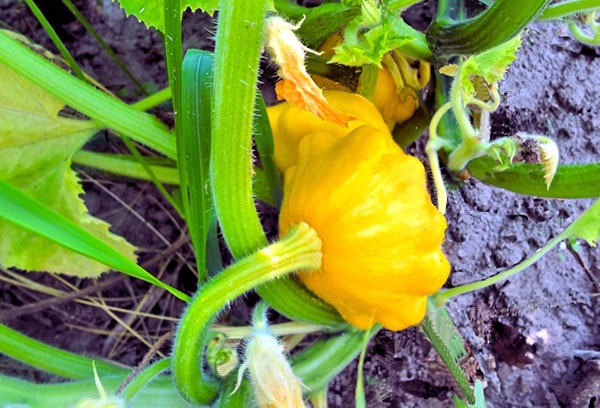
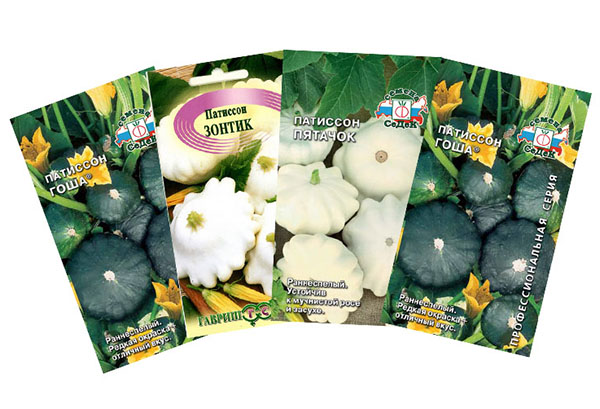
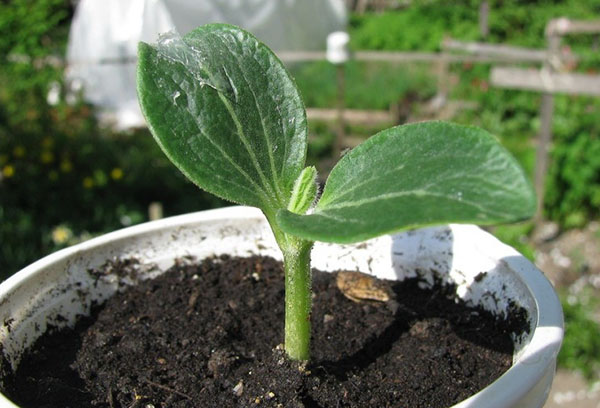
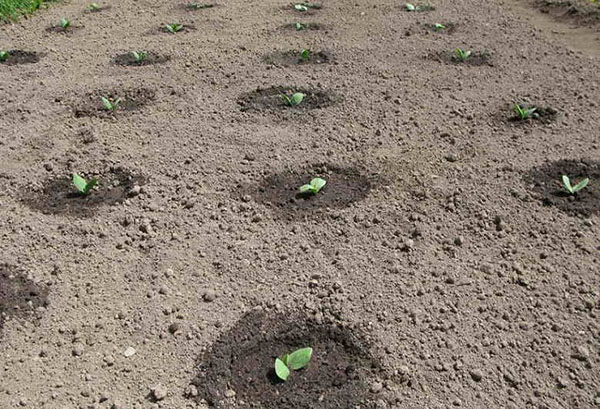
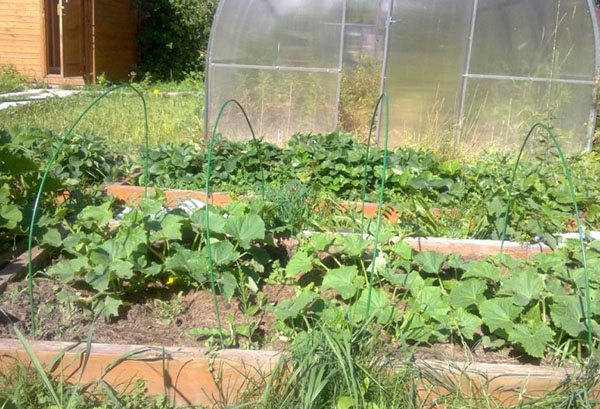
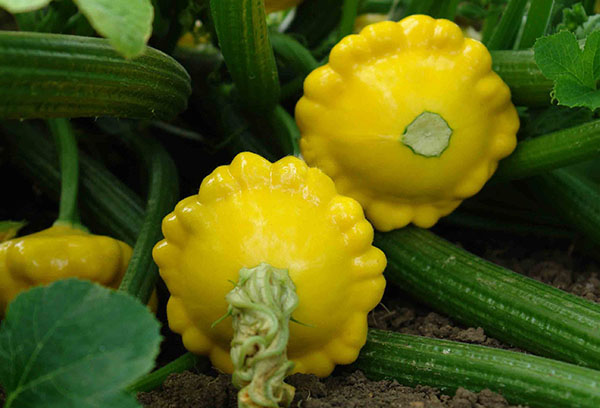
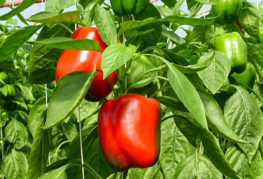
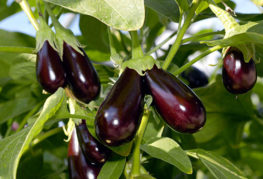
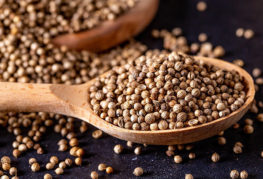

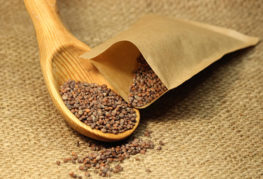
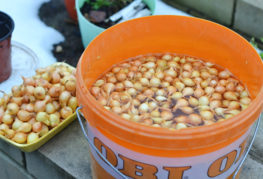
and will be published shortly.